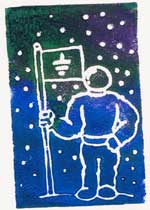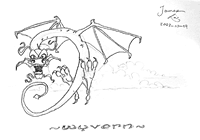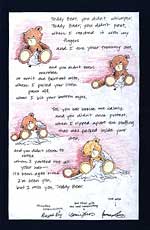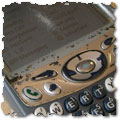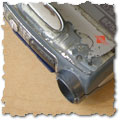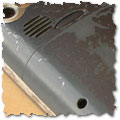A couple of old stories that I never got around to posting:
Three years ago, a group of my friends set me up on a blind date with a girl they all knew. By coincidence, each of them knew her in unrelated ways. She was Chinese, a year younger than me, and also had gone to U.C. Berkeley as an undergraduate.
I went along with it. The date went horribly; we were both not very talkative, so the whole thing felt very awkward. I did discover, however, that she used to live in Chelmsford, Massachusetts—the same podunk town that I was from! She lived there somewhat briefly when she was little and didn’t remember much about it though, so sadly it didn’t help conversation much.
Afterward I mentioned it to my mom, who remembered that the Chinese family that used to live a few houses away from us had a daughter the same age. And sure enough, it was her! My parents even found an old photo with the two of us as little kids in it, and her parents found an old photo with me in it.
So much for fate.
Earlier this year, I asked out a Chinese girl that I had recently met playing volleyball. Remarkably she agreed to a date, and even more remarkably, on the date I found out that she too was from Chelmsford! (Her family moved there shortly after mine had moved away, so our paths had never intersected.) The date went well, but once again things inevitably ended up going badly for me anyway.
I think the Fates like taunting me.
Okay, so maybe Chelmsford isn’t quite the podunk town I think of it as. It’s reportedly the 21st best place to live in the United States according to Money Magazine, and Wikipedia says that the middle school I attended there was the basis for Springfield Elementary in The Simpsons. Still, just meeting someone in California who has even heard of Chelmsford is pretty rare. But meeting someone who’s actually lived there? And someone Asian from a town that’s almost 95% Caucasian (the percentage was probably even higher 20 years ago)? And having it happen twice? And one of those times being a former neighbor?
